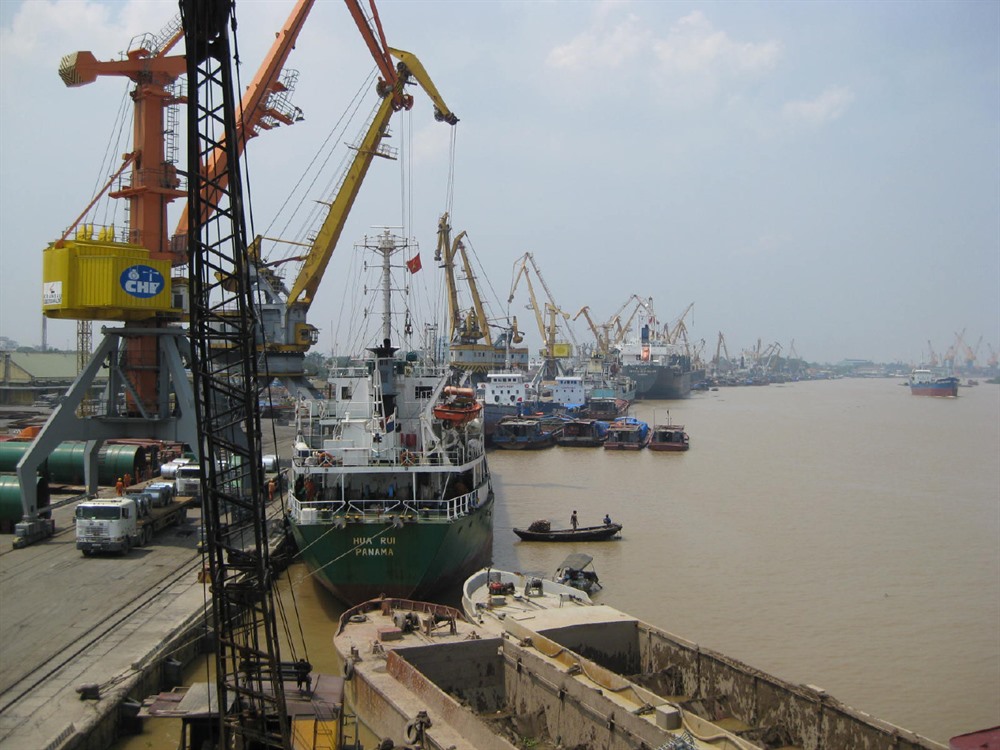 Economy
Economy

The Vietnamese Embassy in Malaysia introduced the country’s strategy for the sustainable development of its sea-based economy at the Maritime Institute of Malaysia (MIMA) on Tuesday.
 |
| The Lạch Huyện Seaport in the northern port city of Hải Phòng. Shipping plays an integral role in the country’s economy. - Photo laodong.vn |
KUALA LUMPUR — The Vietnamese Embassy in Malaysia introduced the country’s strategy for the sustainable development of its sea-based economy at the Maritime Institute of Malaysia (MIMA) on Tuesday.
The event attracted representatives from Malaysian ministries of foreign affairs, defence, transport, universities, and research institutes, as well as diplomatic corps from the US and Australia.
Vietnamese Ambassador Vũ Hải Đăng presented his home country’s marine potential and the process of building its sea strategy.
He briefed key points of Resolution No 36-NQ/TW on the sustainable marine economy growth strategy by 2030, with a vision toward 2045.
Participants raised questions revolving around investment opportunities for Malaysia in Việt Nam’s sea tourism and coastal infrastructure development projects.
After the event, MIMA Director General Chin Yoon Chin praised the embassy’s efforts in boosting academic cooperation between relevant Vietnamese and Malaysian agencies in the past.
MIMA is a policy research institute set up by the Malaysian Government to look into matters relating to Malaysia’s interests at sea, and to serve as a national focal point for research in the maritime sector.
Việt Nam has a coastline extending over 3,260km and thousands of islands, with more than 20 typical ecosystem types. As coastal ecosystems facilitate the breeding of a variety of marine species, they pose huge potential for biodiversity while also serving as a basis for the stable development of some sea-based economic sectors such as fishing and tourism.
Fish reserves are estimated at 5.4 million tonnes, with sustainable exploitation potential believed to be 2.4 million tonnes per year. Meanwhile, as the most cost-effective mode of transportation, shipping plays an integral role in the national economy and moves 90 per cent of the country’s import and export cargo. — VNS




